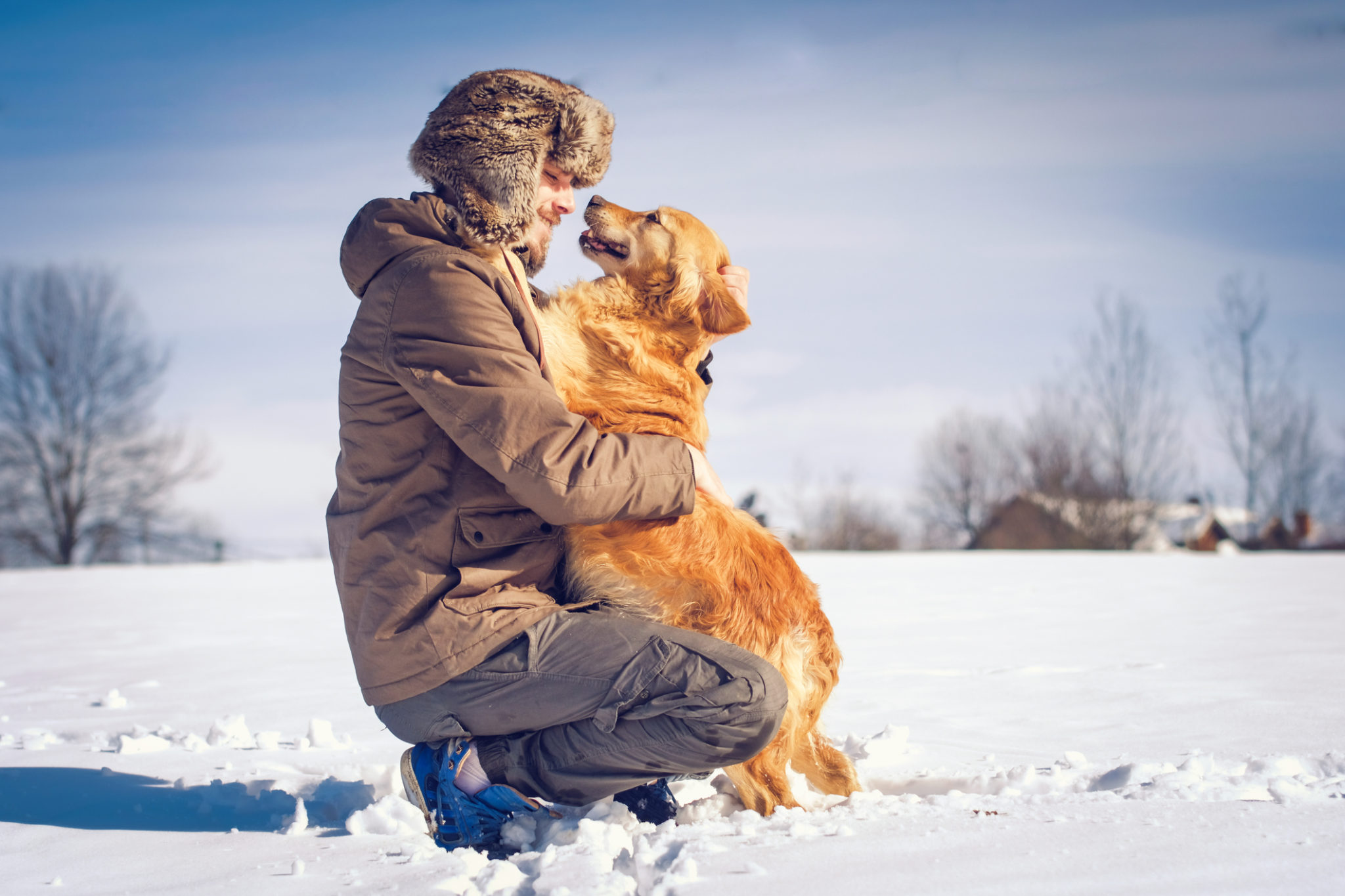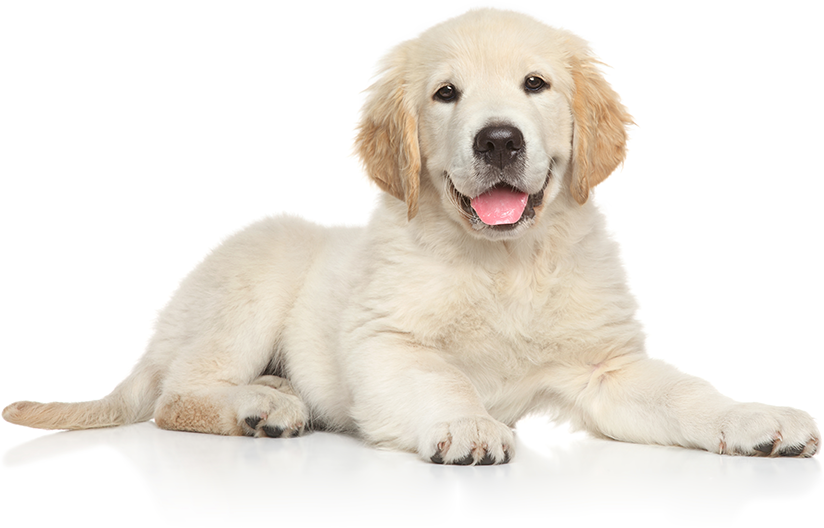
Dec 01, 2020 | By, For Pet's Sake
Keep your pets cozy and safe this winter
Even though animals have all that hair to keep them warm, they aren’t invincible in colder weather. Just like humans, pets can get chilly and need special care to avoid the dangers of winter. Take the proper precautions during the colder seasons to prevent hypothermia or injury.
Feeding
Everybody likes to eat a little bit more for comfort during chilly weather. Pets are no different. They burn more calories to stay warm, so fill up the food bowl if your pet is on the active side. Don’t feed freely though because obesity can cause health complications no matter what season it is. Hydration is important too because it can prevent dry skin. Consider buying more food to last you through a severe snowstorm, and try to keep a few water bottles full in case your pipes freeze.
Paw care
You have the luxury of warm boots and slippers, but your pets are basically walking barefoot in the snow and ice. Make sure you moisturize their paws with petroleum jelly to keep them soft and smooth. You can do this before or after your pet goes outside. If you can get your pet to cooperate, booties can help protect their paws too.
Antifreeze and deicers are toxic to pets, while ice and salts can hurt their paws. You don’t want them to ingest something poisonous when they lick their paws, so make sure to keep a towel around to wipe them off when they’re done outside.
Grooming practices
Maybe skip your pet’s regular haircut during the winter, or trim them to avoid dragging long hairs through the ice, salts and chemicals on the ground. Bath time isn’t as necessary either because too much washing can remove essential oils that prevent dry skin.
Outdoor time
If you own an outdoor cat or a dog who loves to play in the yard, consider bringing them inside for longer periods of time. The number to remember is 45 degrees Fahrenheit. Anything below that temperature is uncomfortably cold for your pet.
Keep potty breaks quick, and always attend to your pet when they’re outside. Snow and ice can mask familiar scents that help your pet realize where they are. That’s why a secure collar and harness are essential on walks. Microchips can back you up if your pet gets loose and can’t return home.
During walks, avoid icy areas where your pet could break the ice and hurt their paws, or worse, fall into freezing water. Also, make sure you keep the car warm if you take your pet for a ride. Cold cars can be just as dangerous as hot ones in the summer.
Sleeping
Provide plenty of opportunities for your pet to snuggle up in a blanket or with a pillow. You might also encourage them to sleep in the bed with you so that they can use some of your body heat. You can also provide them with their own sleeping area in a warm part of the house.
Potential hazards
Fireplaces and space heaters are great ways to warm up your home, but they can be dangerous for curious animals who aren’t used to flame or whirring machines. You should also make noise before you move your car because cats sometimes like to sleep underneath them to stay warm. Diabetes, heart disease and kidney disease can prevent an animal from regulating their temperature and handling cold weather, so you’ll need to take extra care if your pet has been diagnosed with any of those health conditions.
Everybody loves a good snow day. Just remember to enjoy the colder temperatures in moderation. By planning ahead for potential dangers and knowing your pet’s limits, the winter can be just as fun as the summer.
Have a question about pet health? Want to become the best possible pet parent? Find helpful tips, reminders, and insight to giving your furry friend the best possible care with For Pet’s Sake! Learn more at drdevonsmith.com.

